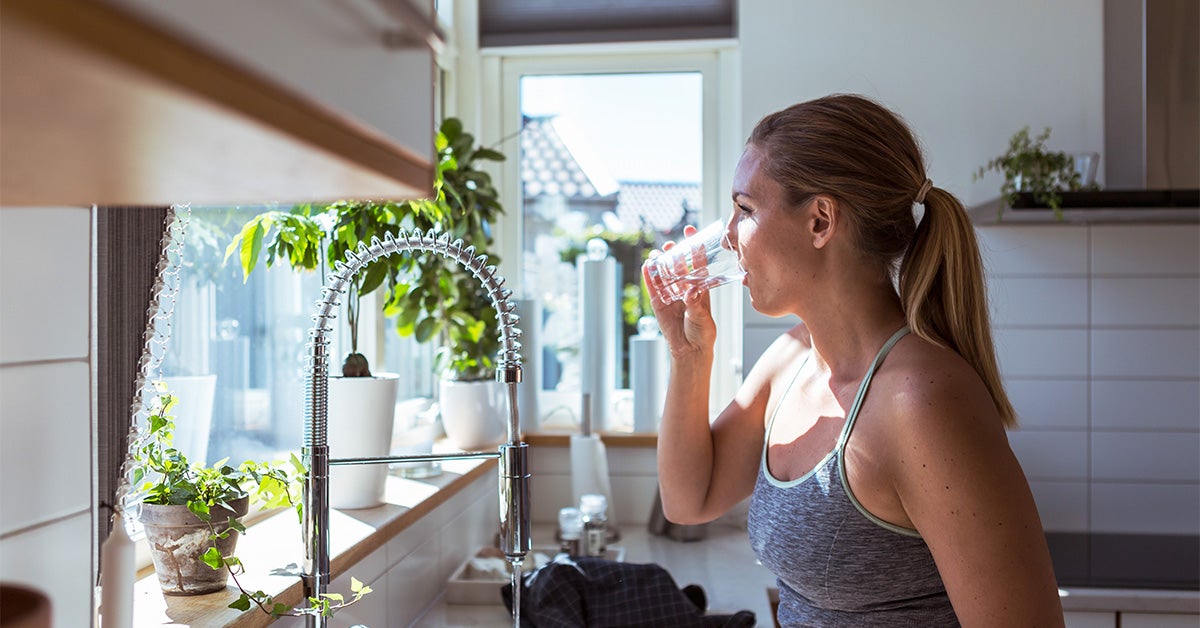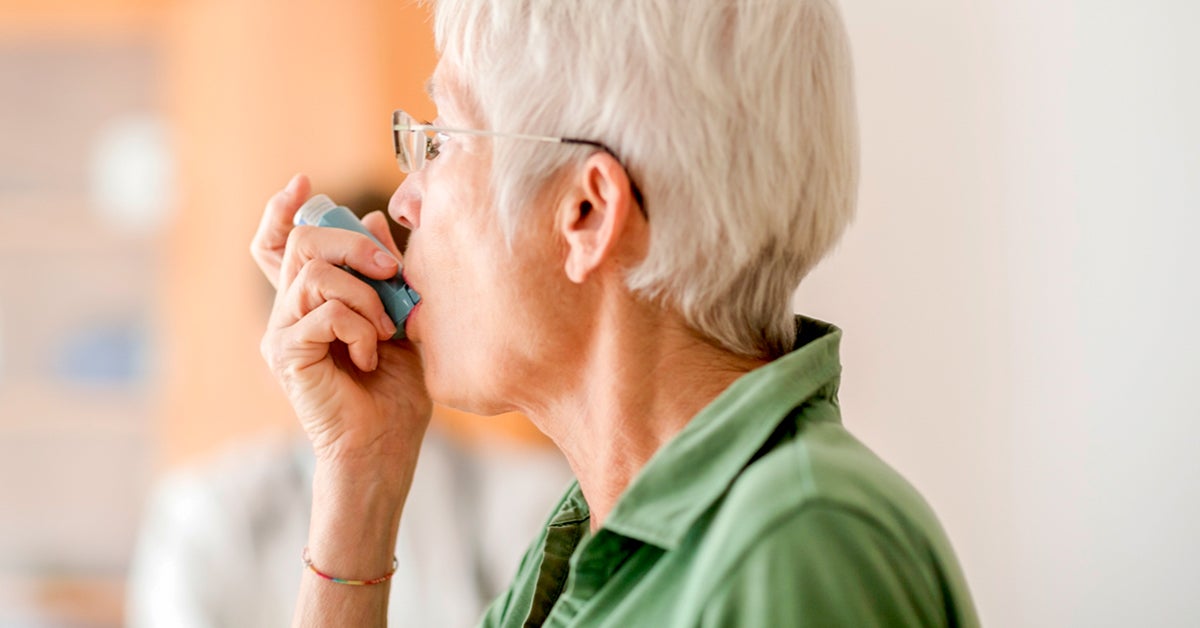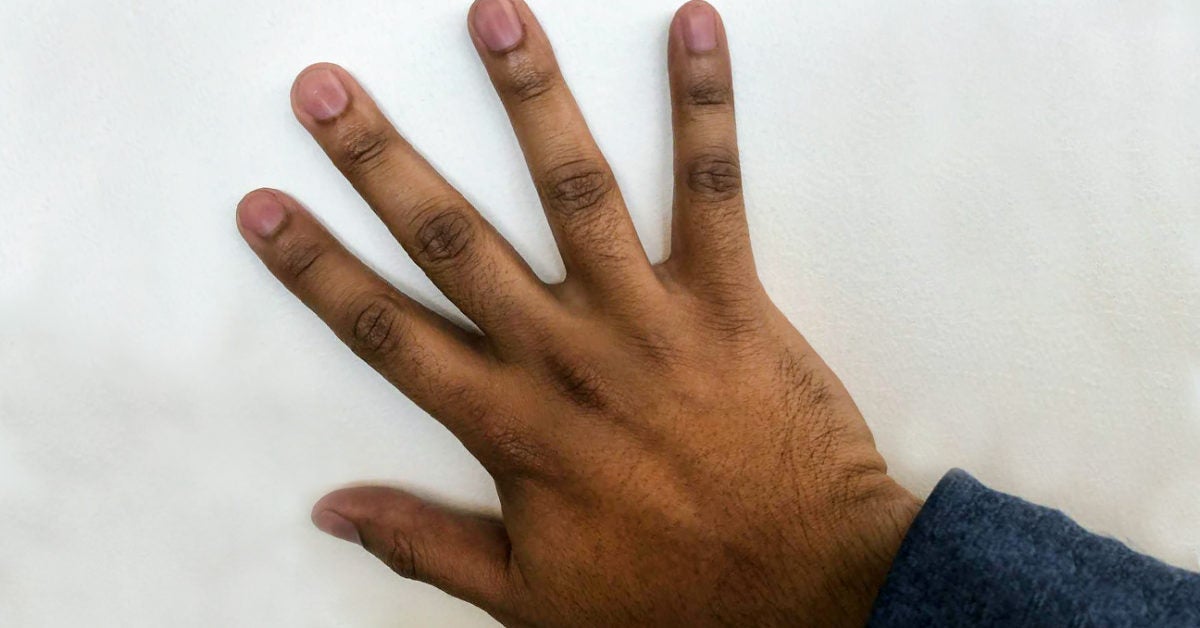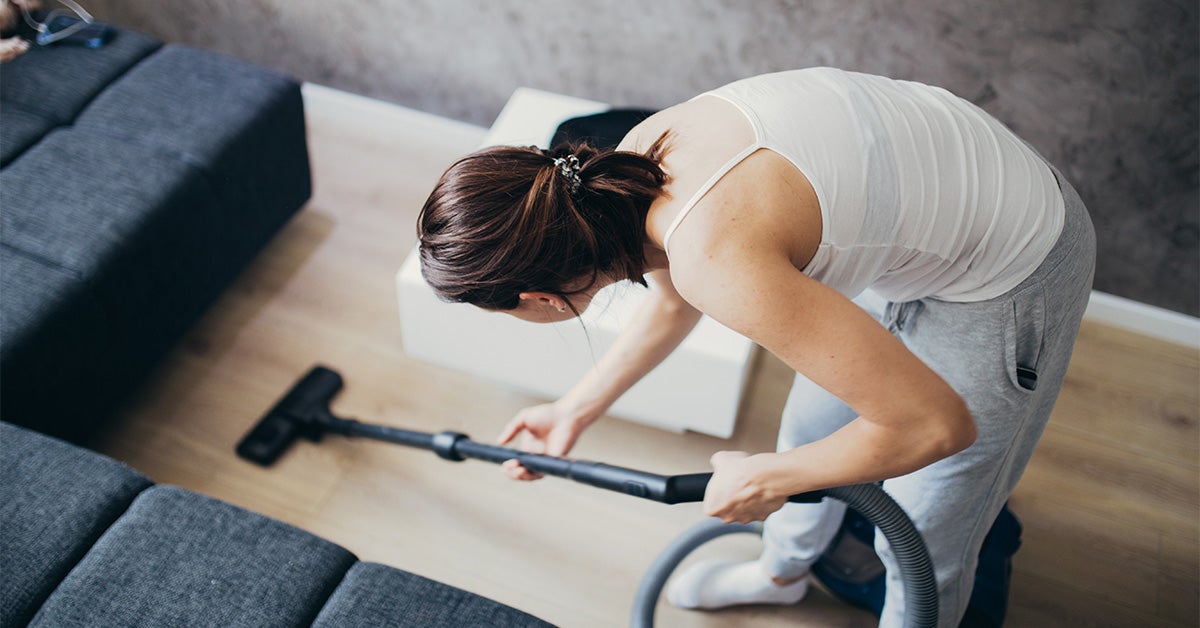How to Do Oblique V-Ups: Instructions, Benefits, and More
Sculpting and strengthening the midsection is a goal for many gym-goers and fitness enthusiasts. And while chiseled abs can be nice to look at, the primary reason to train these muscles has more to do with function than it does with aesthetics.
One exercise that trains both the internal and external obliques as well as other abdominal muscles, is the oblique V-up, also known as a side jackknife. We'll explain the muscles used in the oblique V-up, how to perform one safely, and list any other exercises you can do to supplement this move.
The oblique V-up is a beginner exercise that only requires the use of a mat. Since you'll be lying on your side with your body weight shifted, make sure the mat is thick enough to minimize any pressure the hip and glute may feel against the ground.
Here is a video to give you a visual for this exercise:
To do it:
- Lie on your right side on an exercise or yoga mat. Keep your body in a straight line, with your left leg stacked on top of the right. You may have a slight bend in your knees. Avoid rolling back. Correct form is critical in this exercise.
- Place your left hand behind your head, palm touching back of the head, with your elbow flared out, and your right arm across your body. Resist the urge to push against the back of your head. Your hand is there for guidance.
- Engage your core, especially the obliques, and lift your left leg while simultaneously lifting your upper body off the floor. The goal is to have your leg and arm move toward each other. Your elbow should be pointing at your knee when your leg is fully abducted.
- Hold for a few seconds, then reverse the movement by lowering the left leg and upper body to the mat. Repeat.
- Complete 10 reps on the right side, then do 10 reps on the left side. Aim for 2–3 sets of 10 repetitions on each side.
To increase difficulty
As you progress with this exercise, you can add a few counts to the hold at the top of the move. The longer you can keep the muscles under tension, the more they will benefit.
Of course, this extra time is only beneficial if you maintain the proper form. If you feel yourself falling back or you begin to push on your head for support, reduce the pause at the top of the movement.
Once you master the basic oblique V-up, you can increase the difficulty of the exercise by raising both legs off the ground. The double side jackknife follows all the same steps as the side jackknife except that you bring both your feet up while you raise your upper body.
The oblique V-up is a beginner to intermediate level move. When done correctly, it's a safe and effective exercise that targets your obliques and other core muscles.
That said, if you have a medical condition that prevents you from performing exercises on the floor or have any current or chronic injuries, you may want to talk with a trainer, physical therapist, or your doctor about the safety of this move.
The oblique V-up is a targeted exercise that focuses on the abdominal muscles. The primary muscles recruited include the external oblique, internal oblique, and rectus abdominis.
- External oblique. Part of your abdominal muscles, the external obliques are located along the sides of your abdominal wall. Their primary function is to rotate the trunk to the opposite side. They also assist with flexing the trunk.
- Internal oblique. The internal oblique muscles, as the name implies, are closer to your midline than the external obliques. Their primary function is to rotate the trunk to the same side. They also assist with flexing the trunk.
- Rectus abdominis. While the oblique V-up primarily targets the obliques, it also relies on the rectus abdominis muscles to assist with the move. This set of muscles are also called your trunk flexors because they assist with bending forward and curling up.
Doing the same exercise over and over can be tiresome. The good news is there are a ton of ways to train your obliques and other core muscles. So, if you're looking to train the same muscles required in the oblique V-up, here are three to try:
1. Side plank dips
Here is a video for a visual of this exercise:
To do it:
- Get in a side plank position on your left side. Your right leg will be stacked on top of the left leg.
- Lift your body off the floor by pressing into your left arm and left foot. Your left palm will be on the floor supporting your weight and your right hand behind your head.
- Lower your body so your left hip barely hovers over the floor. Before your hip touches the floor, exhale and press up to the starting position.
- Repeat 10 times on left side before changing to the right.
2. Side wall ball
You can see how this exercise is performed in this video:
To do it:
- Stand perpendicular to a wall with a wall ball in your hands.
- Drop into a squat position, with the ball on the outside of your left hip.
- Stand up, pivot your left foot, rotate, and throw the ball at the wall.
- Stay here to catch the ball and return to the starting position. Repeat 10 times before changing sides.
3. Knee drives
To do it:
- Get in a high pushup position.
- Keep your arms and body straight and lift your left leg and drive your knee to your torso.
- Reverse and return to the starting position. Repeat with the right leg.
- Alternate back and forth with your left and right leg for 15–20 repetitions.
Your obliques are part of the group of muscles that make up your core. While isolating one specific muscle group without recruiting others to assist or focusing on spot reducing isn't possible, choosing exercises that have a focus on this area is helpful.
The external and internal obliques are used to:
- twist
- rotate the trunk
- bend to the side
- support the rotation of the spine
In other words, you rely on these muscles to do many of your daily activities.
The oblique V-up is an excellent exercise to include in your overall abdominal routine. Strengthening your core will help with both sports and daily activities. It will also help keep you injury-free during exercise.
Set a goal to train these muscles at least three days a week during a core routine, or between sets during a strength training workout.
-
 6 interesting genetic traits that children will inherit from their parents
6 interesting genetic traits that children will inherit from their parents
-
 7 effects of asparagus on child development
7 effects of asparagus on child development
-
 Does cutting blood hair for babies bring good luck?
Does cutting blood hair for babies bring good luck?
-
 The more babies eat, the higher the height they develop, especially the second kind
The more babies eat, the higher the height they develop, especially the second kind
-
 Children with chicken pox should eat to quickly recover from the disease, without leaving a deep scar?
Children with chicken pox should eat to quickly recover from the disease, without leaving a deep scar?
-
 The more food is cooked, the better it can be for health, especially the second type
The more food is cooked, the better it can be for health, especially the second type
-
 3 P's of Diabetes: Polydipsia, Polyuria, Polyphagia, and More
3 P's of Diabetes: Polydipsia, Polyuria, Polyphagia, and More
-
 Is Albuterol Addictive? Addiction, Dependence, and More
Is Albuterol Addictive? Addiction, Dependence, and More
-
 Ayurvedic Medicine for Weight Loss: Remedies, Tips, and More
Ayurvedic Medicine for Weight Loss: Remedies, Tips, and More
-
 Tomato Benefits for Skin: What the Research Says
Tomato Benefits for Skin: What the Research Says
-
 Dark Knuckles: Causes, Treatments, and Natural Remedies
Dark Knuckles: Causes, Treatments, and Natural Remedies
-
 Dust Mite Bites: Pictures, Symptoms, Treatment, Prevention
Dust Mite Bites: Pictures, Symptoms, Treatment, Prevention































